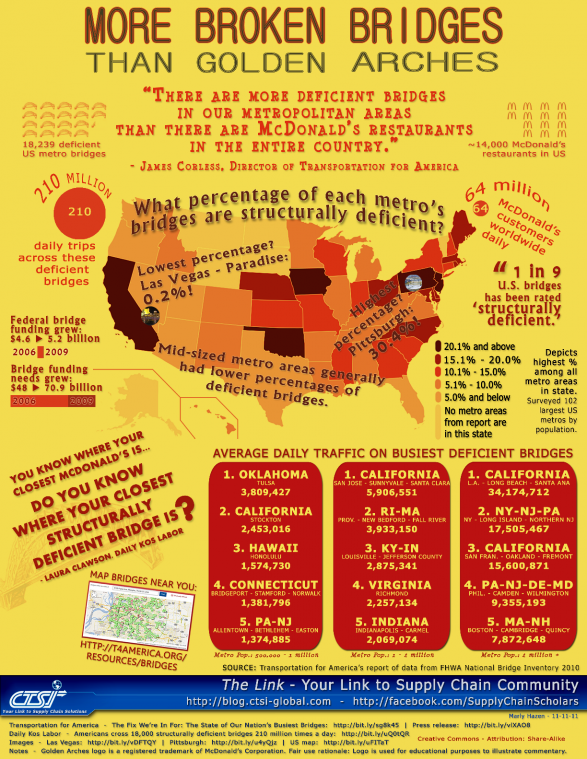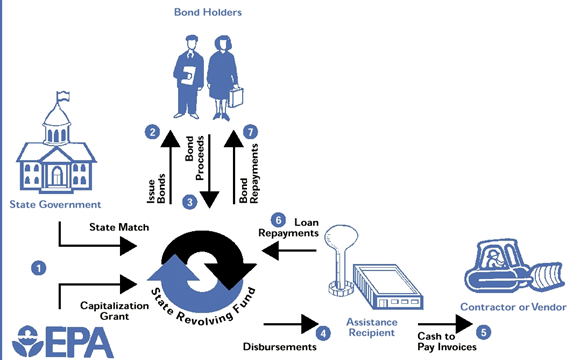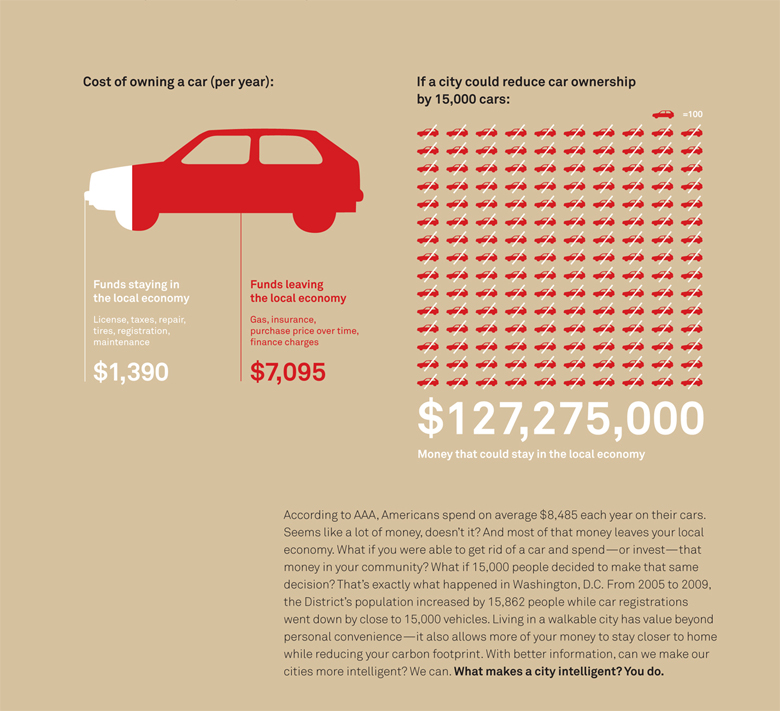Update Courtesy: ITS America

As the House Transportation and Infrastructure (T&I) Committee continues to work on finalizing its six-year surface transportation reauthorization bill in anticipation of an early July introduction, Senate Environment and Public Works Committee Chairman Barbara Boxer (D-CA) has announced plans to introduce the Senate version of the bill during the week of July 11, hold hearings the week of July 18, and is expected to proceed with a Committee mark-up on July 27. The Senate bill, which is rumored to be a two-year bill instead of six, is expected to face a $12 billion funding shortfall which would require the Senate Finance Committee to come up with additional revenues before the legislation could be passed. Committee staff continues to craft the bill in a bipartisan fashion with their most recent work focusing on a freight section. ITS America is working closely with Senate staff to include provisions that would promote greater deployment of ITS.
On the House side, T&I Committee majority staff continues to work on their bill but have provided limited details as to what specific policies and programs will be included. Speculation continues about the time frame for moving a surface transportation bill through the House, with Majority Leader Eric Cantor (R-VA/7) taking heat for not including the reauthorization bill in a June 10 memo to House Republicans outlining key pieces of legislation that will be debated on the House floor this summer. The American Road & Transportation Builders Association obtained the memo and has posted the document on its website here.
Meanwhile Congressman Richard Hanna (R-NY/24), Vice-Chair of the Highways and Transit Subcommittee, joined ITS America’s Congressional Roundtable members for breakfast to discuss ITS and the transportation reauthorization bill. As a businessman who spent nearly three decades in the construction industry before being elected to Congress, Rep. Hanna stressed the need for technology solutions that can help public agencies do ‘more with less’. The Congressman made note of Portland, Oregon as an example of a city that is investing in ITS to help create a more efficient, user-friendly transportation network, while acknowledging the pressure many agencies face to roll out more visible ‘bricks and mortar’ projects. He also said the “argument is building daily” for investing in transportation as a means to create jobs and bring down the nation’s high unemployment rate. Read more about the Congressional Roundtable in the AASHTO Journal.






